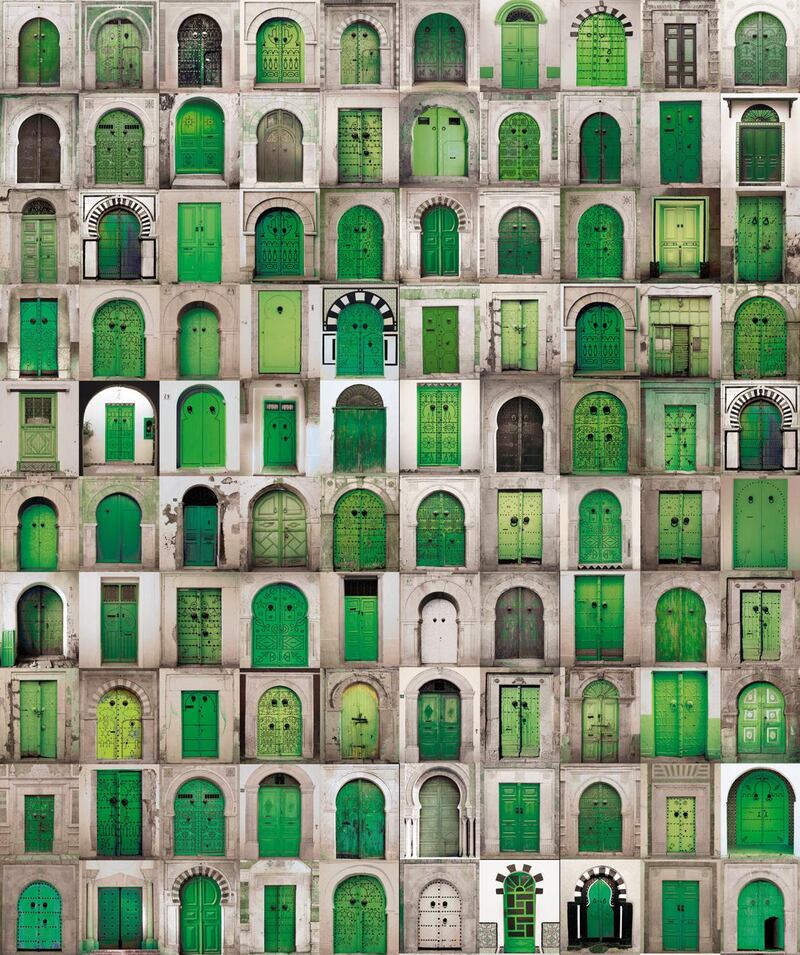Art galleries can be uninviting places. While consumerism has evolved and the world has become more customer-
focused, many galleries remain unashamedly exclusive, austere and uninviting – keeping out the masses and inviting only the privileged in.
By contrast, many other sectors of the 'arts' have adapted to changing consumer habits. For example, opera is adapting to appeal to a broader demographic, widening its reach through pop-up performances – whether in vaults under Waterloo station in London, an aircraft hanger or a warehouse.
Many major opera houses simultaneously broadcast performances to cinemas – broadening their reach and demystifying the art.
I think galleries intentionally convey an elitist atmosphere in order to keep out segments of society. Art shouldn't be like that; art should be accessible, humble and displayed in places where people feel comfortable. Go into any of the world's greatest galleries and what's the busiest space? The gallery shop. My favourite place in London is the Saatchi Gallery in Chelsea, and my favourite space in that gallery is the shop. It's my daughter's favourite shop, too. That's either a failing of the gallery or the power of good retail.
Many traditional art galleries are purveyors of perception. They control a market that is based less on aesthetics and more on taste, trend and perceived value. A handful of influential galleries, collectors and museums determine what is good and what is collectable. And then it’s about brand – an artist will need the support of galleries to build their brand value. These galleries invest in the artist and the brand-building process – the price of the artwork becomes higher as the perception of value increases.
High-end galleries will argue that they are serving the artist, but the art world of over-hyped brand image and stratospheric valuations has little to do with artist welfare. Artists can be harmed by over-inflated gallery prices and exaggerated brand value. If artworks don’t sell, it’s difficult for an artist to lower prices – this would damage brand value. Galleries will move on to new artists, who often consign work to galleries at no charge, leaving a ‘failing’ artist without a parachute.
In most conventional markets, prices are published and products are sold to the highest bidder. Prices are a reflection of market value. But many galleries operate in secrecy – prices are not published and galleries can be particular about who they sell artworks to. An aura of mystique is maintained and both seller and buyer are wrapped in a shroud of artistic smoke and mirrors. Artists are usually quite ordinary and likeable people – it's galleries and gallerists that turn art into something intellectual, deep and often pretentious. They do this to inflate prices and maintain an aura of mystery and exclusivity.
I've never been interested in galleries that exude elitism. My galleries sell more artwork than traditional galleries, partly because we are focused on aesthetics and affordability.
When does something beautiful become ‘art’? At Gallery One, we sell beautiful products that enhance homes and offices – I call it art but, because it’s so popular, others might call it ‘too accessible’ to be art. Ultimately, I don’t think buying an artwork should be any more difficult than buying a rug, a sofa or curtains – if it looks great and you like it – buy it.
Visit www.g-1.com; Instagram: @gallery.one
Do you have any design dilemmas? Send them to homes@thenational.ae and we will get them answered by an expert
_________________
Read more:
[ Design dilemma: The little things make a difference ]
[ Design dilemma: Setting the ground rules for flooring ]
[ Design dilemma: Tips for fantastic lighting ]
_________________











